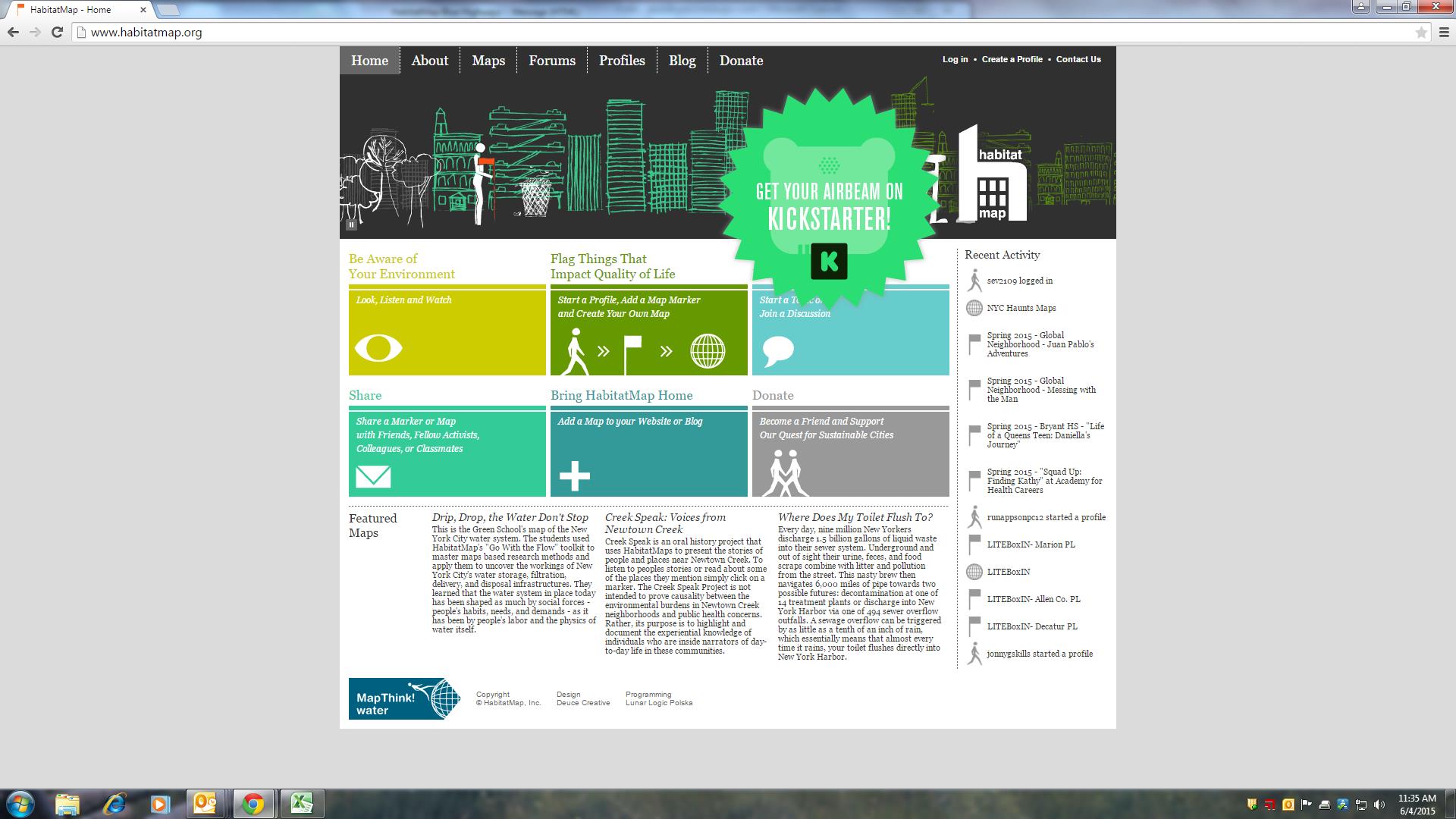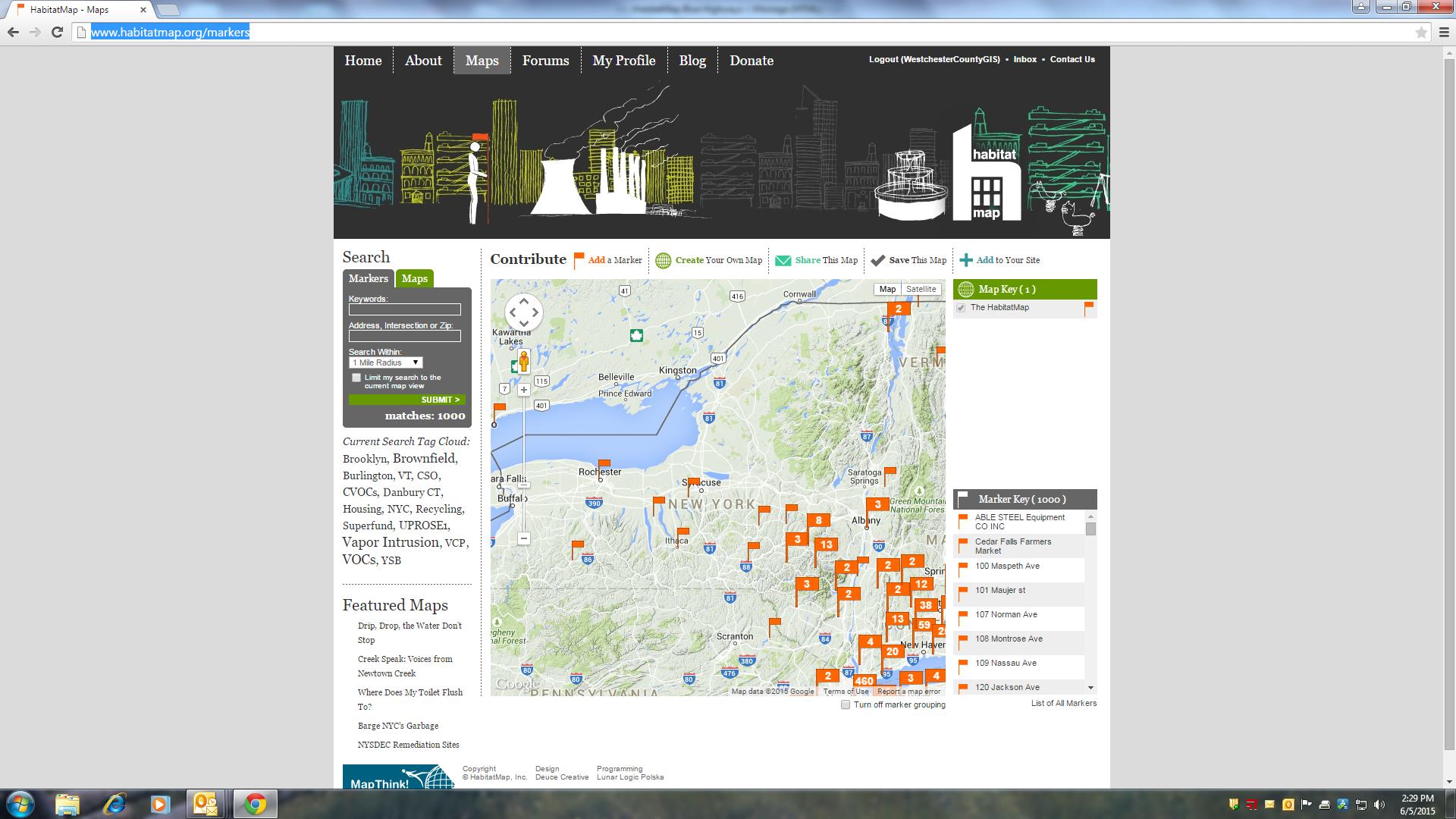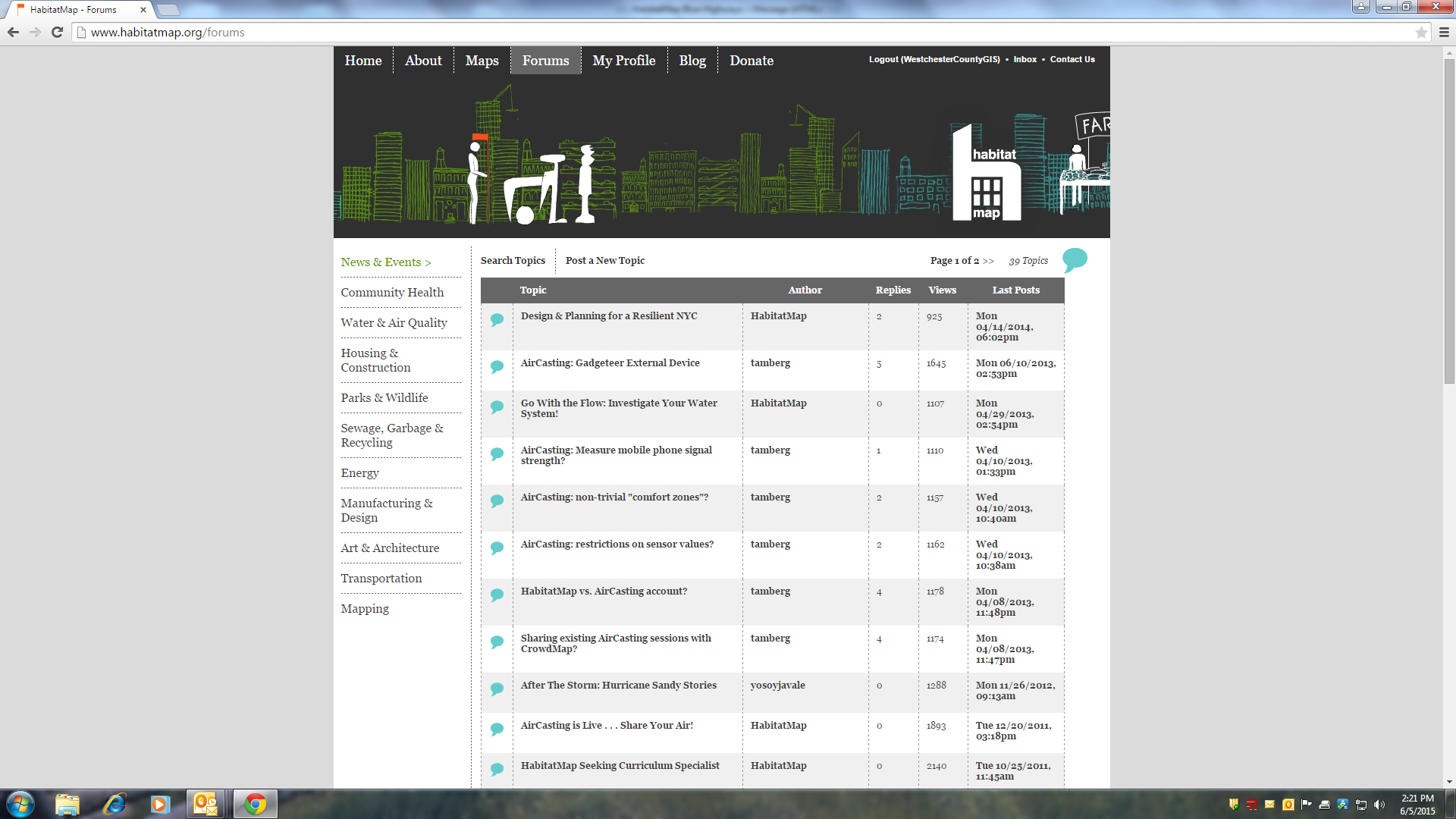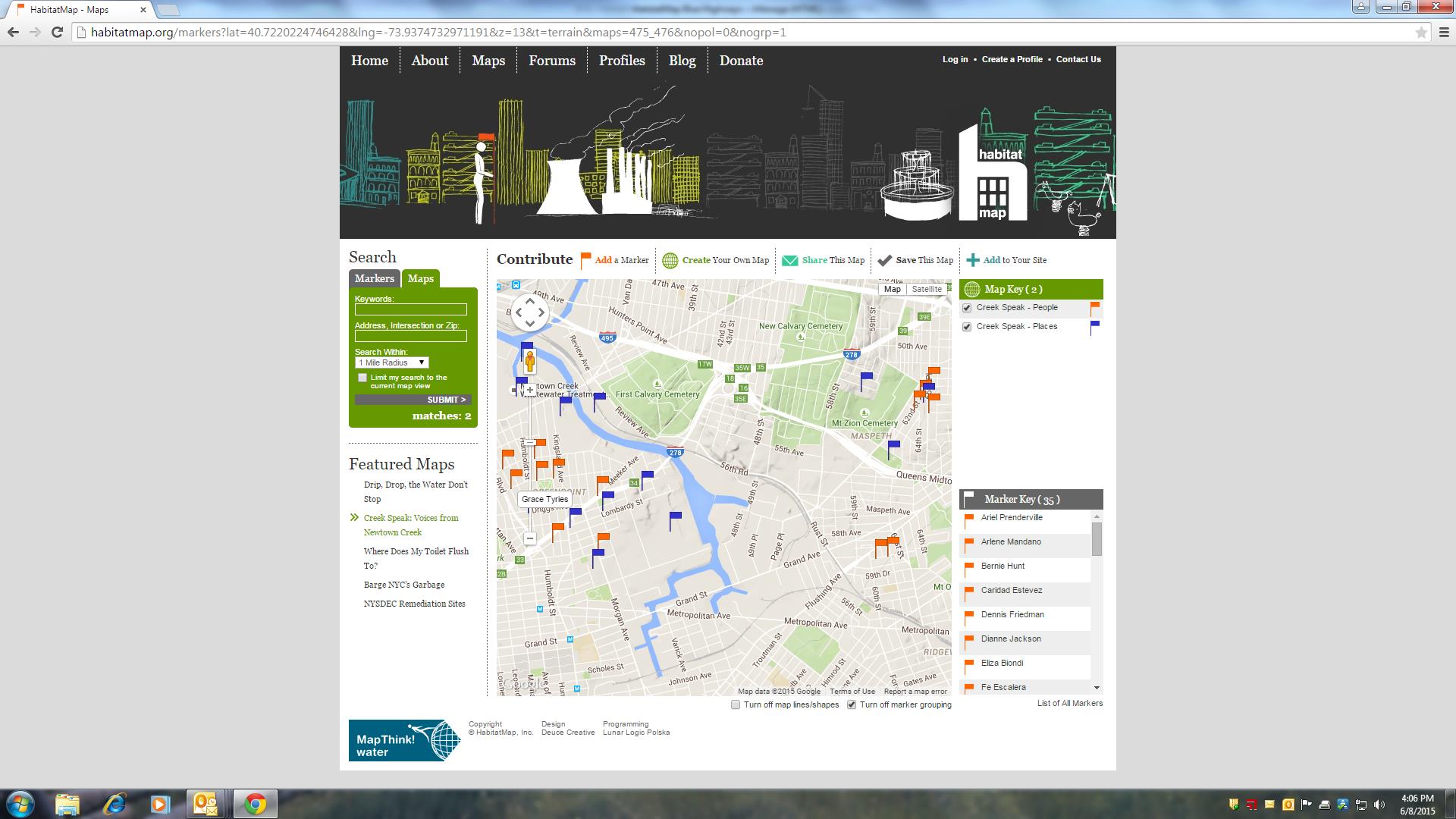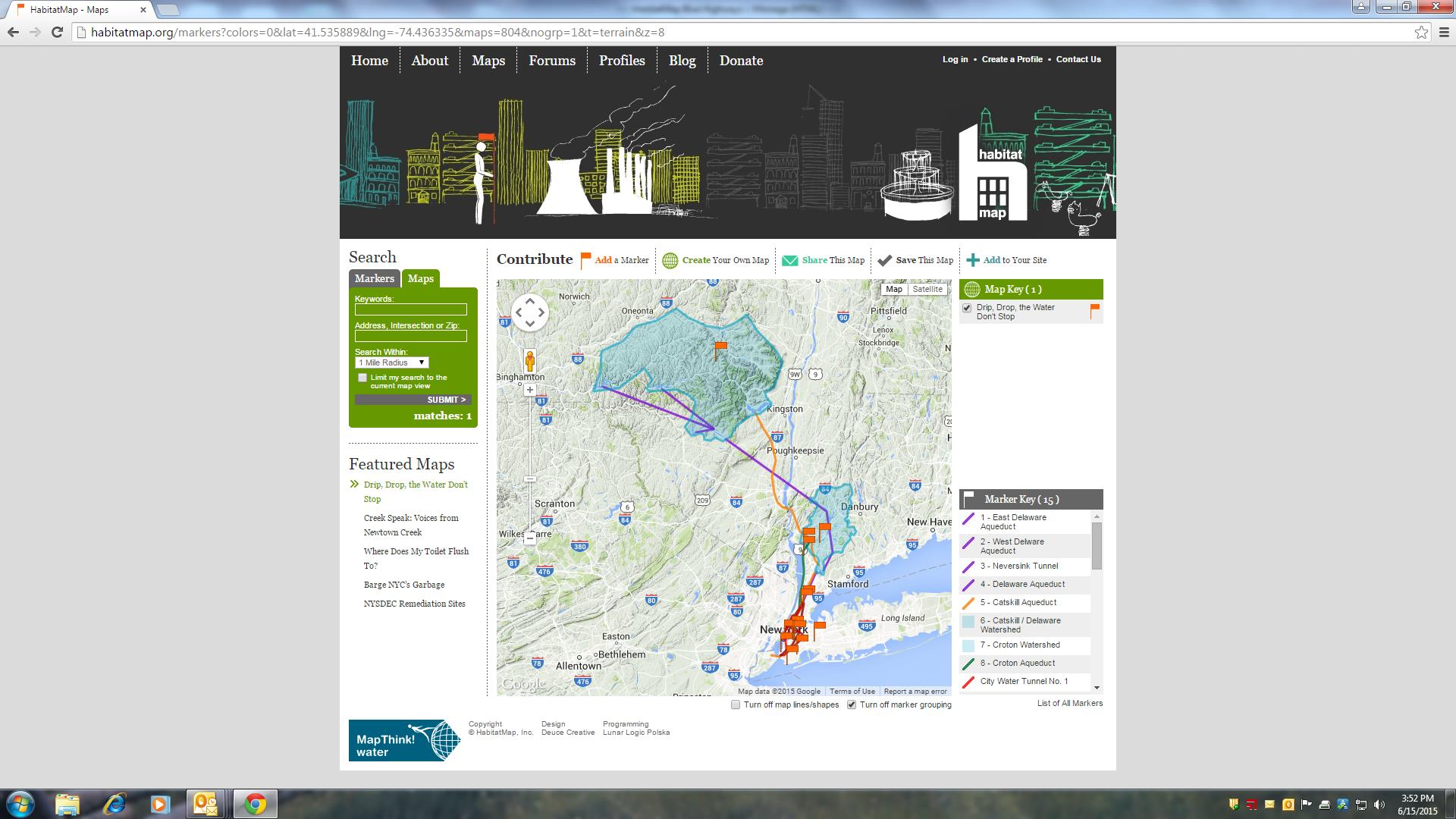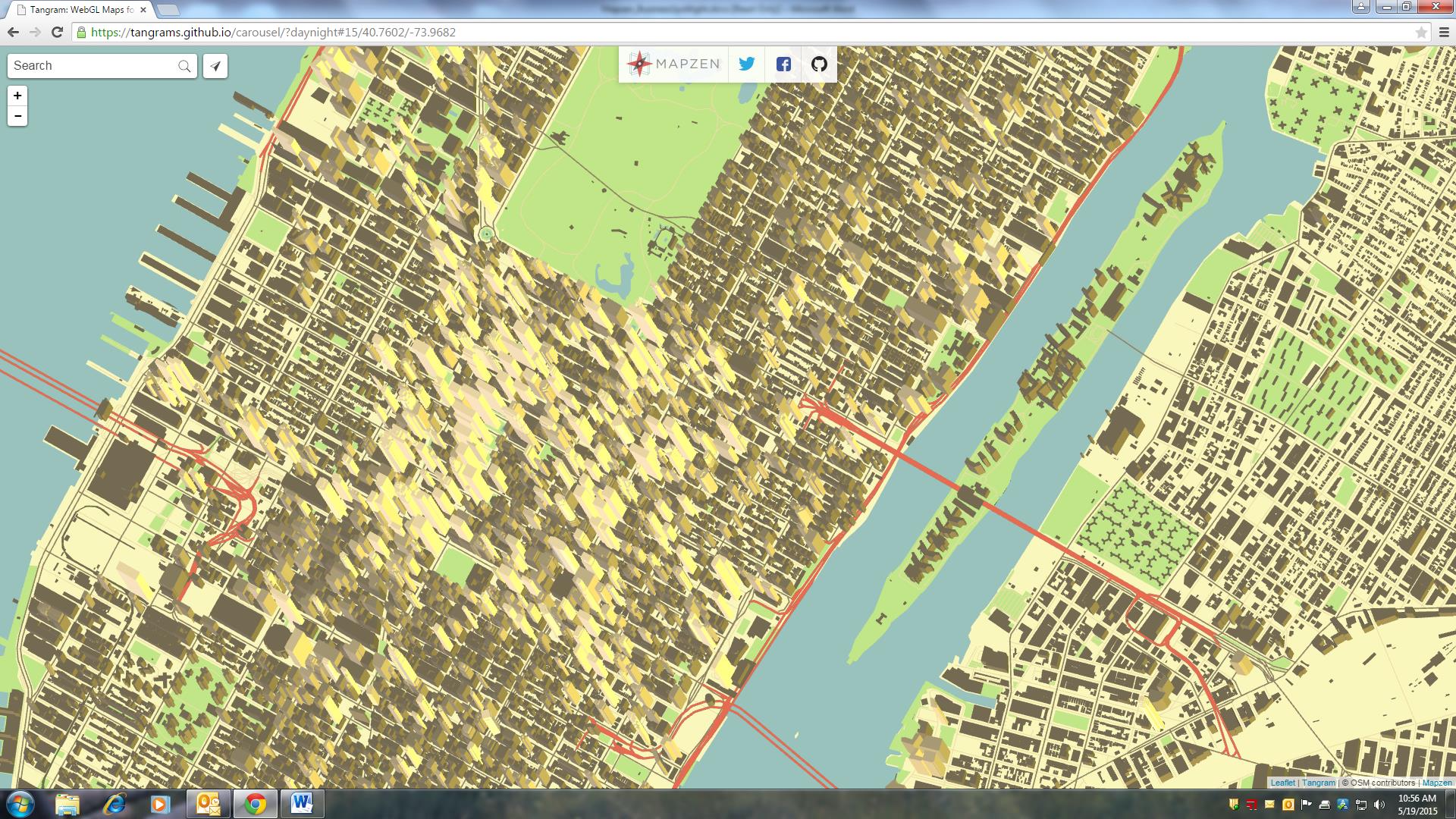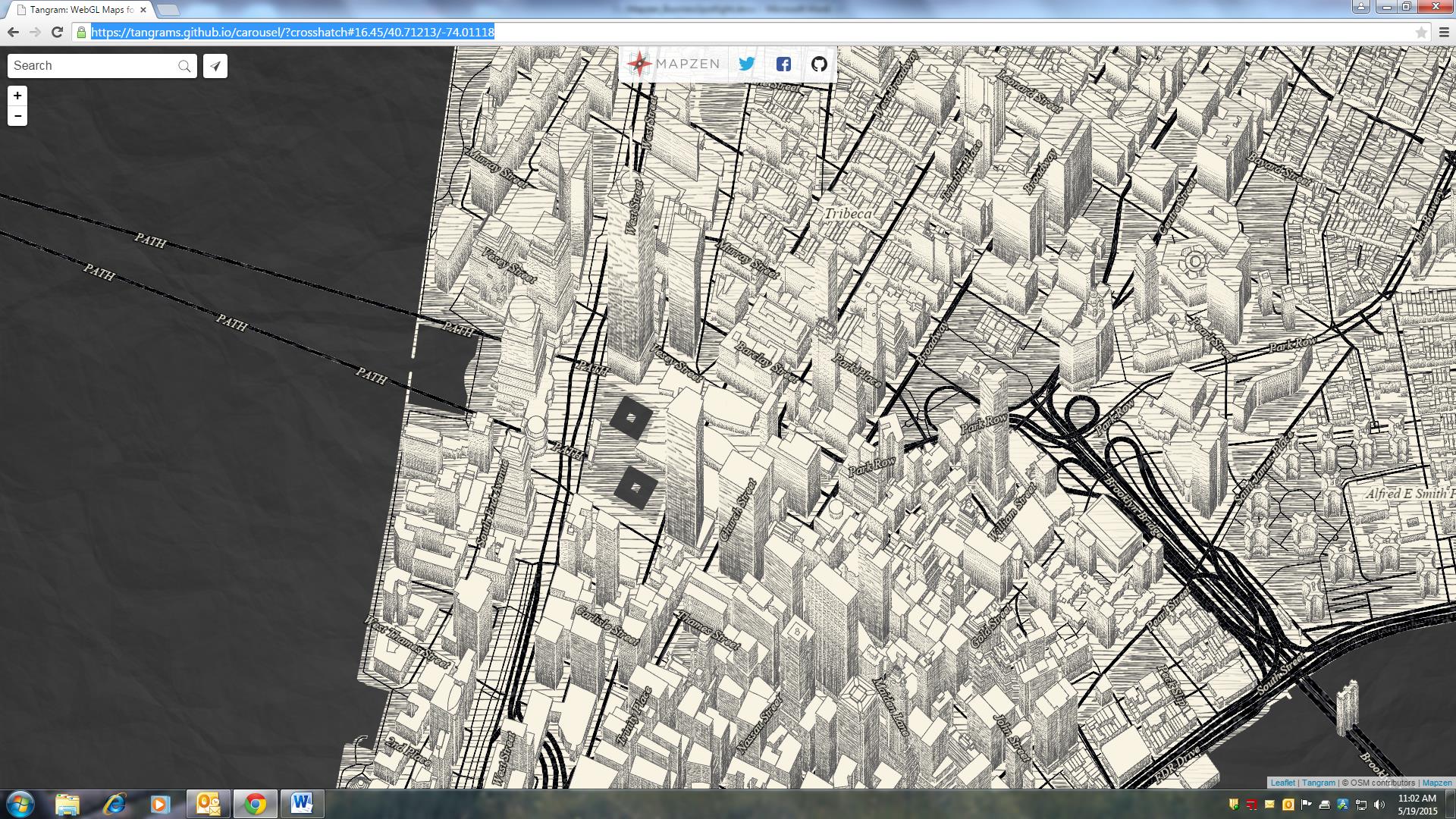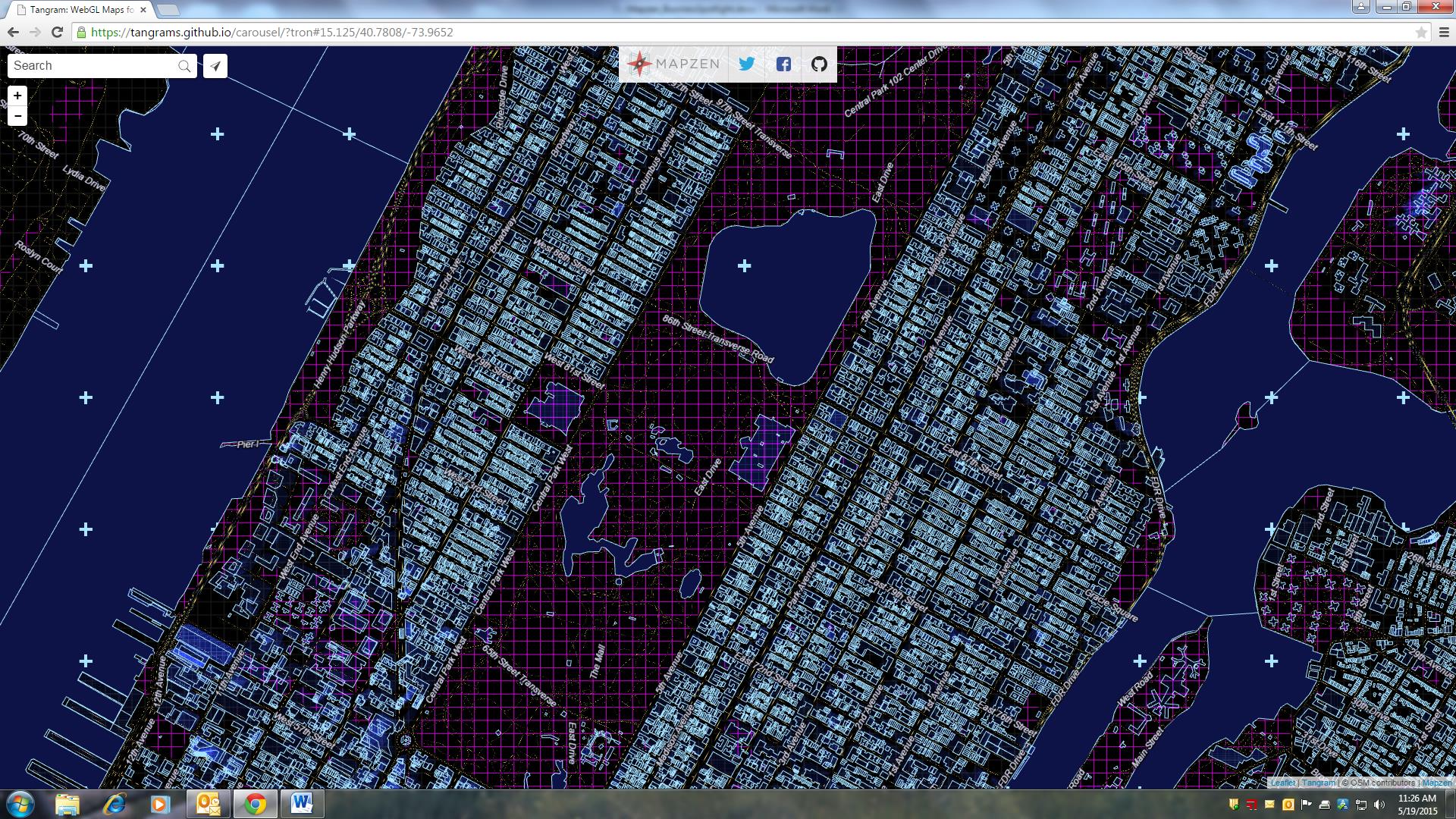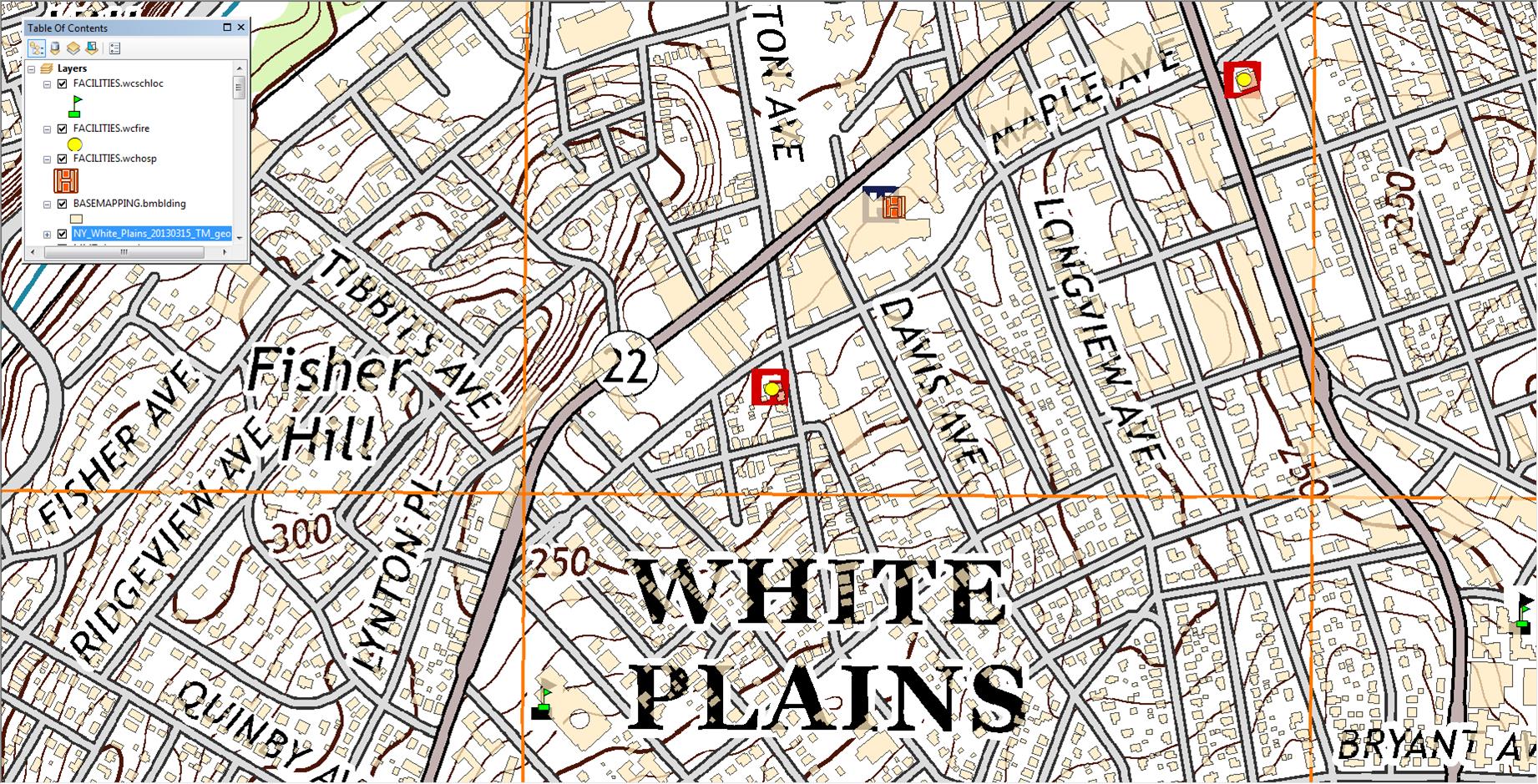While a good chunk of the GIS community was recently at the big group hug in San Diego at the annual ESRI UC (btw – kudos to both City of Rochester and NYC Department of Sanitation for Special Achievements in GIS (SAG) Awards), the summer government-based geospatial landscape here in the Empire State couldn’t be any different. Government GIS – as in municipal, county, regional and state programs – continue to creep along. Government GIS program administrators and project leaders, and speaking here about local government GIS projects, maintaining the same ol’ same ol’ waiting patiently for a game changing statewide GIS program/project which will magically institutionalize and expand their geospatial structure. Though in reality, local government GIS leaders continuing to endure a statewide GIS enabling program that plods along at the pace similar to an endless loop of Brian Eno’s Music for Airports. Sure, a conference here, a webinar there, a new skin on pieces of the ancient NYS GIS Clearinghouse – all for meaningful cause on some level – but at the end of the day, or really the end of another legislative year, a statewide program that does not produce any specific legislation action which results in earmarked funding or enabling support o help build GIS capacity in local, county, and regional governments. Yes, those legislative appropriations which are necessary to build and sustain geospatial at the local level.
The Governor’s January 21, 2015 State of the State talking points provided an element of short term optimism identifying several priority areas including infrastructure/transportation, economic development/tourism, Regional Economic Development Councils, and public safety, some of which are at the foundation of established geospatial applications. Unfortunately, as has been the case in years pass, there has been limited discussion or action since the January presentation among the statewide GIS leadership on how to leverage the Governor’s priorities on behalf of the geospatial community. The one exception of course being public safety which will continue to dictate the direction of much of the so-called statewide GIS “coordination” discussion as long as the GIS Program Office is buried deep inside of the ITS Public Safety Cluster. Of course not to question the importance of public safety applications in the broader GIS context, so noted and recognized, but until an independent GIS office is created – and its absolutely not going to happen in the current political climate – public safety related geospatial themes will continue to take center stage in the statewide GIS coordination discussion.
Therefore, as I have done in previous years, I took a few moments to scan the legislative search engines to see if any new legislation may have been introduced by members of the NYS Legislature during the 2015 session which would include either direct or indirect funding to support statewide GIS/geospatial program development. For those who are interested, I came up with results almost identical to the search results twelve months ago. One can find selected pieces of legislation containing a “mapping” component in the areas of Alzheimer’s research, autism, and breast cancer research. With the 2015 Legislative session now behind us, here’s a comprehensive summary.
So what’s the point? The point is that the NYS GIS Association has grown immensely over the past decade and is now involved in many areas of the profession across the state. As noted in previous posts, one area in which the Association is still in its infancy is in building and creating a presence in the New York State legislative arena and creating its own legislative agenda. And the lack of any geospatial-related legislation introduced by the NYS statewide legislature over the past several years speaks to the lack of the Association’s presence in this space. And such “legislative” support does not necessarily have to be in just the development of earmarked funding. For example, it could also include legislative assistance – and expanding the discussion – on helping leverage existing appropriations in agencies such as the NYS Environmental Facilities Corporation (NYSEFC) which administers both the Clean Water and Drinking Water State Evolving funds. In early July of this year, NYSEFC issued an announcement of a $50 million dollar grant program making funding available for local drinking water and wastewater improvements. Yes, there are many earmarks and stipulations in the NYSEFC grant, but illustratively, its potential as a funding source to expand and highlight geospatial technologies at the local level as part of rebuilding the decaying public infrastructure cannot be ignored.
The Association’s legislative presence needs to be autonomous and completely independent – particularly from the Geospatial Advisory Council (GAC) which earlier in the year, as outlined in its new, wildly fascinating organizational chart, attempted to neuter the Association to the role of providing “professional development” while meanwhile taking on the role itself as to “advising decision makers”. Somehow determining along the way that the expertise and composition of the GAC membership was more qualified and better positioned than the entire Association membership to interact with decision makers. If decision makers means advising their immediate supervisors, then maybe so. But certainly not elected officials and politicians – the place where the “advice” and well scripted dialog needs to be directed. Money here says the day GAC members who are government employees, to say the least of a politically appointed state government GIO, start independently interacting with decision makers and politicians in any meaningful and outward/visible way will also be their last day of employment. This is work for industry-focused professional nonprofit Associations administered by real Executive Directors. Not government employees.
To be truly independent and representative of the statewide geospatial membership, and particularly to the local government constituency, the Association needs to come out from under the shadow and footprint of state government-heavy committees/programs and engage with legislative sponsors on its own terms. (btw – GAC perfectly illustrated the Association’s need to flee the so-called new coordination framework in the new organizational chart of GIS coordination in NY State – with the dominant shaded state government rectangular box at the top of the chart.) My guess is that the GAC leadership didn’t use a Hillary Clinton-type advance focus group test to see if anyone in the statewide GIS community really understood the chart or for that matter what GAC is really supposed to do. Though some blame should be placed the Association leadership for even letting GAC publish the new organizational chart showing it (the Association) in some subservient capacity to the self-declared state government triumvirate and GAC, if even only in context of an advisory role.
The Association should also stop serving as a mule in providing GAC with an annual candidate list of potential members whose mere presence at the table implies endorsement of GAC’s activities. Remove itself, along with local government individuals, from the quarterly parade to Albany to listen to state government departmental GIS applications, work plans, and projects and priorities of state government programs. While the dialog at GAC may be useful and productive in context of state government program updates and activities, its mostly for the benefit of the choir of state employees at the meeting and those making the presentations themselves. Take a look at the minutes from the June 2015 GAC meeting and digest all of the riveting conversation concerning the needs and future activities of non-state sectors of GAC i.e., utilities, academia, nonprofits, and of course local government, and decide for yourself. But maybe it was because it was a “state” sector designated meeting? And other sectors will get their chance at future GAC quarterly meetings to dominate the conversation? Yeah, probably. Exactly why I formed the Association over a decade ago – to help lead the discussion and focus of statewide GIS development in a different direction and away from established Albany-centric GIS programs and personalities. And the business sector? BUSINESS. Fugetaboutit. Probably the most important factor which is going to shape the NYS geospatial landscape in the next decade doesn’t even really participate in the discussion. And yes, there is a reason why business doesn’t run in the GAC circle. And ironically, the only place the geospatial business community is going to participate and contribute is within the Association structure.
It’s time for the Association’s leadership to recognize and embrace the potential, and for that matter, its obligation, towards building an independent legislative agenda and professional appearance on the New York State political stage. Operating and orchestrating on its own. Working with other appropriate industry groups and committees where input and collaboration is requested and warranted as needed, but beholden to none and/or other hidden agendas. The Association must establish itself to set the agenda of statewide geospatial priorities. Not GAC and most definitely not state government employees or agencies.
That time for action is now, or the hopes of a meaningful 2016 geospatial legislation report reflecting the growth and expansion of the GIS profession will be a carbon copy of 2015. And the beat will go on and on and on. Just like Music for Airports.

